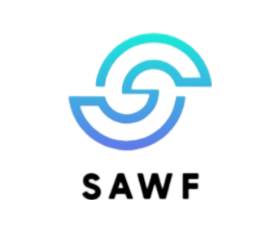The packaging industry is undergoing a rapid transformation, driven by advancements in printing and converting technologies. Businesses are increasingly looking for solutions that enhance efficiency, reduce waste, and improve product quality. Next-generation printing and converting machines are at the forefront of this revolution, offering enhanced speed, precision, and sustainability. Companies that invest in these advanced technologies can gain a significant competitive advantage by optimizing production processes and meeting evolving consumer demands. One of the key benefits of next-generation printing and converting machines is their ability to produce high-quality packaging at a faster rate. Traditional printing methods often struggle with inconsistencies in color, resolution, and alignment, leading to defects and increased production costs. Modern digital and flexographic printing solutions eliminate these challenges by providing precise control over every detail, ensuring vibrant colors, sharp graphics, and accurate brand representation. These machines also enable quick changeovers, reducing downtime and allowing manufacturers to handle short-run and customized packaging orders efficiently.
Another crucial advantage of these advanced machines is their contribution to sustainability. With the growing emphasis on eco-friendly packaging, businesses must find ways to reduce material waste and energy consumption. Next-generation converting machines utilize smart automation and precision cutting techniques to minimize waste, optimizing the use of raw materials. Many of these machines also support biodegradable, recyclable, and compostable substrates, allowing companies to align with environmental regulations and consumer expectations. By adopting these innovations, manufacturers can significantly lower their carbon footprint while maintaining high production standards. Automation and digital integration further enhance the capabilities of modern printing and converting equipment. Many of these machines feature real-time monitoring, predictive maintenance, and AI-driven adjustments that optimize efficiency. With the help of cloud-based systems, operators can track production metrics, detect potential issues, and adjust parameters remotely. Additionally, integrating these machines into existing production lines can streamline workflows, allowing seamless coordination between printing, cutting, laminating, and finishing processes.
Customization is another major trend driving the adoption of next-generation printing and converting machines. Consumers today demand personalized experiences, and brands are responding by offering unique packaging designs tailored to specific target audiences. Digital printing technologies enable mass customization without the need for expensive plates or lengthy setup times. This flexibility allows companies to create limited-edition packaging, seasonal promotions, and localized branding with ease. By catering to individual preferences, businesses can enhance customer engagement and differentiate themselves in a crowded market. As the Kete packaging industry continues to evolve, investing in advanced printing and converting machines is no longer an option but a necessity for manufacturers seeking growth. These technologies provide unparalleled advantages in terms of speed, quality, sustainability, and automation, helping businesses stay ahead of industry trends. Companies that embrace these innovations can enhance their production capabilities, reduce costs, and deliver packaging solutions that meet the ever-changing demands of consumers and regulators. By leveraging next-generation equipment, packaging operations can achieve a new level of efficiency and competitiveness in the global market.



